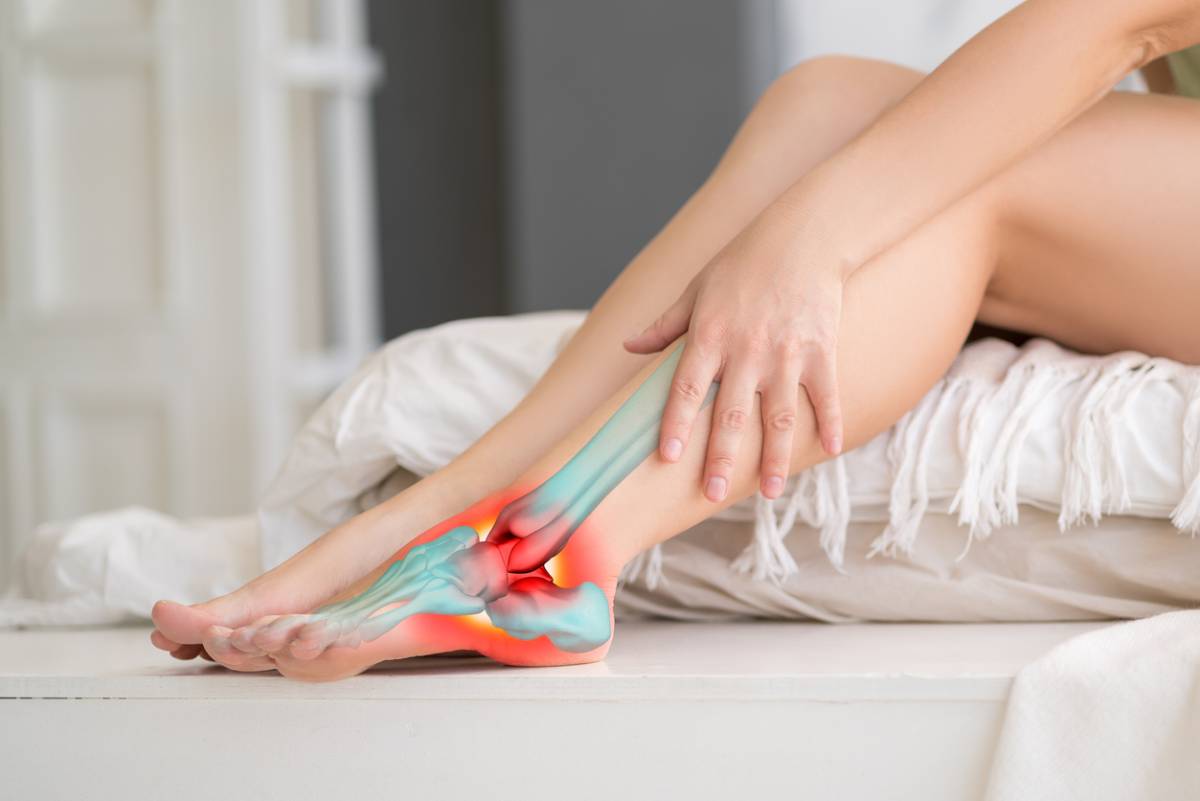Tendonitis is a painful condition that occurs when the tendons in the body become inflamed or irritated. It can affect any part of the body where there is a tendon. Whether you are an athlete, weekend warrior, or just someone looking to live an active lifestyle, understanding tendonitis is essential. In fact, understanding the causes and symptoms of the condition can ensure your long-term health and well-being when it comes to your physical activities. Below you will find a helpful guide to tendonitis.
Guide to Tendonitis
Tendonitis occurs when your tendons are inflamed or irritated. Tendons are soft, flexible cords of tissue that connect your muscles to your bones. This can be caused by overuse or an injury so it’s important to take preventative measures to reduce your risk for the condition. Tendonitis can impact your body in a number of places, and most often impacts your shoulders, knees, wrists, ankles, or elbows.
Causes Of Tendonitis
There are a number of different causes of tendonitis. Consider the following causes of the condition to understand your level of risk.
Overuse:
Repetitive movements and overuse can cause tendonitis. This includes movements such as typing or texting, in addition to participating in physical activities or sports. Too much stress can cause the tendons in your body to become inflamed and result in tendonitis.
Injury:
A sudden injury can cause tendonitis. Oftentimes this can be due to a fall or direct impact injury. The injury can easily damage the tendons in your body and lead to inflammation.
Poor Technique:
For those who participate in sports or other physical activities, poor technique, form or posture can result in tendonitis. The extra stress placed on your tendons during the physical activity can easily cause tendonitis.
Medical Conditions and Medication:
Certain medical conditions and taking certain medication can raise your risk for tendonitis. Medical conditions like rheumatoid arthritis or diabetes can increase the risk for the condition. Certain medications have also been linked with an increased risk for tendonitis, including certain antibiotics and statins.
Genetics:
Similar to so many other inherited conditions, genetics can play a role in your risk for tendonitis. If you have close family members with the condition, consider taking preventative measures to reduce your risk.
Natural Aging:
As we age, our tendons become less flexible and more prone to injury and inflammation, making tendonitis more common in older adults.
Symptoms of Tendonitis
If you are concerned you may have tendonitis, it’s important to seek medical treatment right away. A foot and ankle specialist can diagnose and effectively treat the condition. If you experience one or more of the following, reach out to a podiatrist right away as early intervention is critical to a successful outcome.
- Pain: Tendonitis pain can be dull, achy, sharp, and may get worse when you move. This is often the first symptom of the condition.
- Swelling: Because your tendons are inflamed, you may notice swelling. The impacted area may be swollen, red, and warm to the touch.
- Stiffness: A very common symptom of tendonitis is stiffness in your joints. This often arises just after you wake up or after you have been inactive for a long period of time.
- Weakness: You may notice weakness in the affected area. Because tendonitis can impact so many areas of your body, this can impact your range of motion.
Treatment for Tendonitis
Tendonitis can be a difficult condition to deal with as it can easily impact your daily life. Getting treatment to fix tendon injuries is necessary as it can help improve the success of your treatment. The type of treatment that is right for you depends on the severity of your tendon issues. Conservative treatments may be possible, but severe tendonitis may require surgical intervention. Contact the team at Jamfeet today to schedule an appointment!


